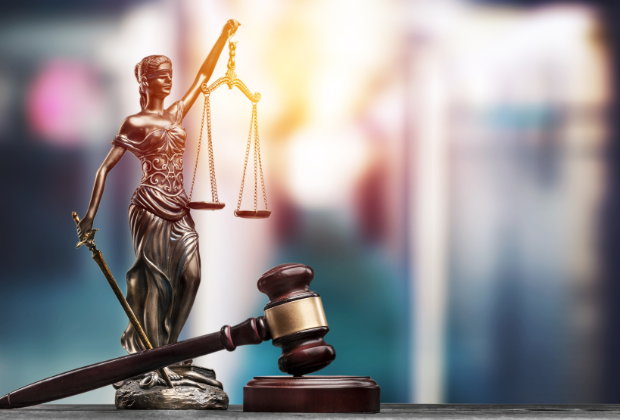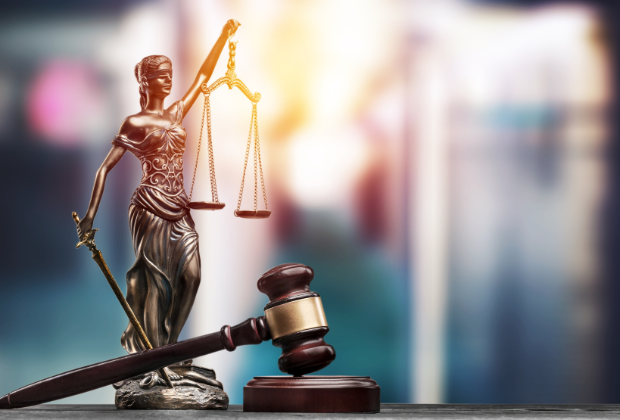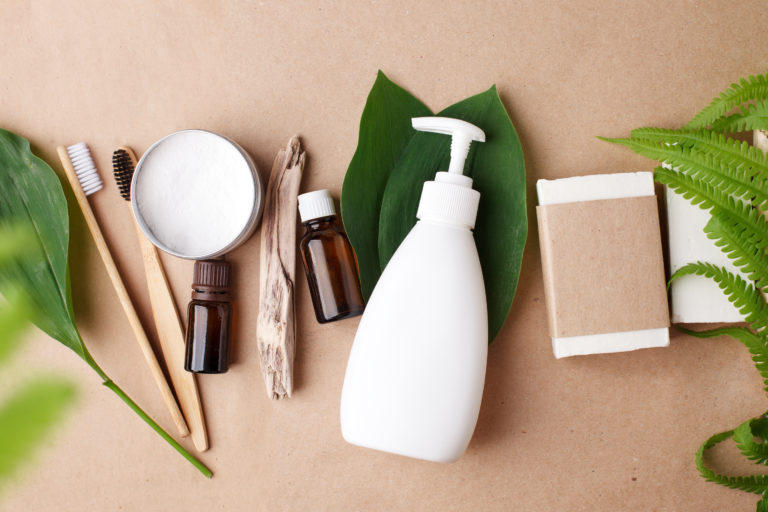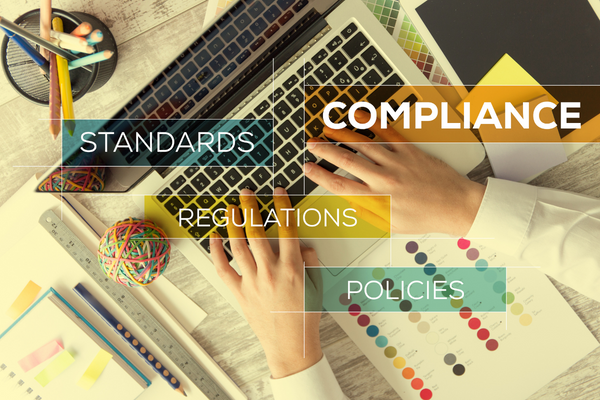
In the almost 50 years since the FDA began regulating sunscreens in the 1970’s there have been many advances in detection technologies, protocol development, and the ability to determine the fate of chemicals in humans. At that time, SPF 15 was classified as “ultra-protection”, whereas now the market has up to SPF 100. In the Stayed 1999 Final Monograph, the FDA established SPF 30+ as the maximum labeled SPF value for sunscreen monograph products, and subsequently proposed (in 2011) to raise this value to SPF 50+. The Monograph issued February 21, 2019 outlines that because of evidence showing additional meaningful clinical benefit associated with broad spectrum sunscreen products with an SPF of 60 the maximum labeled SPF value should be raised to SPF 60+. Given the lack of data showing that sunscreens with SPF values above 60 provide additional meaningful clinical benefit, it is proposed not to allow labeled SPF values higher than 60+. The FDA never proposed a cap on the value tested, but the 2019 monograph proposes any sunscreen testng above SPF 80 will be treated as a new drug.
The 1990’s were more of a turning point for methodologies used to track chemicals in the skin, including ingredients in sunscreen, and since then methodologies have evolved as more information has become available. Now, the FDA wants to know more about sunscreen ingredients, how they work, and how they affect the skin based on 2020 methodologies and technology versus older technology. It is important to note that the FDA is not stating that there is an implied effect of absorption or that sunscreen is unsafe since it is absorbed through the skin, rather they want further testing to determine the safety of the ingredient for repeated use as well as how much is actually absorbed into the bloodstream and the associated risks.
The FDA proposed a new rule in 2019 which was intended to update regulatory requirements for most sunscreen products in the United States and was aimed at bringing over-the-counter sunscreens up to date with the latest scientific standards, much of which was based on testing developed in FDA labs. Through the proposed rule, the FDA wanted industry companies to provide additional safety data on 12 active sunscreen ingredients that are currently available in marketed products. A key data gap for each of these 12 ingredients is understanding whether the ingredient is absorbed into the body and to what extent. Through the proposed rule, the FDA outlined that it expects that sunscreen active ingredients that are absorbed into the bloodstream at a level of 0.5mL or higher, or that have potential safety risks, would generally need to undergo further testing in order to determine if they increase the risk for adverse effects such as cancer or birth defects. In this study, the active ingredients were absorbed in higher levels than the 0.5mL threshold value that was cited in the proposed rule, yet without further testing the FDA cannot conclude what levels of absorption are to be considered safe.
Since the 1970’s the FDA has increased its understanding and ability to measure drug absorption through the skin, while sunscreen use has also increased. This is partially due to dermatologists recommendations and the increased publicity about sun damage, but is also partially due to the FDA label directions requiring reapplication. At the same time recommendations for sun protection norms have increased from SPF 15 to SPF 30 providing enough protection for most, and some requiring even higher protection. Formulations have advanced which means marketed products have more active ingredients combined in higher concentrations than previously used to achieve these increased SPF values. This also contributes to greater absorption and the possible additional risks. Yet, to coincide with this laboratory technology has also advanced, and continues to advance, and this has led to a greater ability to detect ingredients.
What affects absorption?
The FDA has been working on developing in-vitro methods to help assess absorption of chemicals.In addition many individuals and companies in the industry have been looking at what effects absorption. Some parameters that affect absorption include the formula constituents, solvents, skin temperature,air temperature, air entrapment and dosage of the ingredient being studied. In order to better compare the current results professionals have been building certain controls and their goal is to have a streamlined testing method that clinically and environmentally harmonizes for qualifying active pharmaceutical ingredient safety including the sunscreen ingredients.
What can affect formulations?
Many factors can affect the efficacy and other behaviors of sunscreen formulation. Consider that the FDA makes manufacturers test each formula. Even with the same active ingredient mix, the medium or carrier, or inactive (excipient) ingredient can have an affect on the efficacy. The skillful formulator will also select ingredients to increase spreadability, aesthetics and water-resistance according to the marketing brief given. Even the preservative system can affect performance, as well as the microbiological stability and physical stability of the formula. The packaging used also needs to be considered. Testing is required to make sure there is no leaching of ingredients, moisture loss, or changing the concentration of active ingredients. Packaging components may have a reaction with the active ingredients or even have incompatibilities. These are a few of the parameters that could affect efficacy and even safety.
Testing Methodologies
The FDA introduced the Maximal Use Test (MUst) which is a standardized approach to assess the absorption of all drugs, including topical drugs, into the body. According to the FDA, a Maximal Usage Trial (MUsT) is a standard approach to assess the in vitro bioavailability of topical drug products intended for local therapeutic effects. The methodology described in this guidance adapts MUsT principles for active ingredients being considered for inclusion in an over-the-counter (OTC) monograph. It is important to understand the systemic absorption of drugs based on the maximum dose permitted in the monograph and is a step necessary to assure the ingredients safety, which the FDA is requiring for sunscreen ingredients to be listed as category I (GRASE). This absorption data can be used with other safety tests such as the In Vitro Spin Permeation Test, to best assess the general absorption of topical OTC.
Efficacy is determined by both SPF testing and UV-A tests. There are tests such as the International Standard Organization Test and the FDA SPF Test. Originally there were three basic tests for determining SPF required depending on the market you were selling in. The FDA had one version and still has its own, slightly different version. In addition, there were the Pre-2010 tests, the COLIPA test for the EU, Australia/NZ had their own test, the Post 2010 tests, and the ISO 24444 (which is accepted Internationally). The key point is the Pre-2010 tests gave essentially the same results when compared, and so do the Post 2010 tests.
Minimal Erythmal Dose and the Fitzpatrick Skin Test
The Minimum Erythema Dose is the amount of solar energy or light energy required in order to get your first appearance of redness on the skin. As you can imagine, that can vary with skin type. The MED used turns out to be a key factor for The Fitzpatrick Skin Scale which helps technicians grade your skin type based on five categories and tells you how fair your skin is. Subjects in categories one and two burn fairly easily while category 5 does not burn. Studies have shown that low MED leads to higher values of SPF, and higher MED leads to lower SPF values. If you weigh Category 1 and 2 disproportionately test results will be improperly skewed towards higher SPF values. This manipulation of subjects introduces what is known as Subversion Bias, which occurs when a researcher or clinician manipulates participants recruitment such that groups formed at baseline are not equivalent. It is important to make sure, as the standard for the FDA calls, that you have a different mix of subjects with different skin types on the Fitzpatrick scale, otherwise A) you’re not really meeting the regulation; and, B) the results might not be robust if you don’t follow that.
Pain Points Due to New FDA Testing Requirements
Parties in the industry want to conduct one or two preliminary MUsT studies to see how they go, but the FDA wants all testing done at once. While one might think conducting all the testing at once results in a faster process this is not necessarily the case. If something goes wrong with one test, there’s going to be something wrong with all the tests. In addition, there could be structural issues with how you test or the FDA could determine they did not like the process in which you tested. The result is that instead of blowing one test you’ve blown multiple, costly, tests. It can also be attested that there is a need for clarity on exactly what testing needs to be done and in what order
It is interesting that the FDA has used the same materials since before 1978 when the first monograph was written but now, at this point in time, they want to finalize it. It has left a lot of industry parties feeling the pressure and wondering why the sudden rush. What is the FDA’s real thinking on this? There are many factors involved in this the first being that there is pressure from Congress to finish the monograph. The FDA probably does have a real interest in safety, and has invested resources to develop these methods but there may also be a bias to use these methods to demonstrate resources were well spent. Also, as mentioned before, new techniques are available that can measure responses that may not have been measurable before.
The writers’ opinion is that there will be a great expenditure required by industry which has a great possibility in ending up with ingredients being lost. The FDA, while wanting to have all of the bases covered, and trying to do the right thing, is somewhat in a bind. By making the announcements they made in the manner in which they made them, there is no denying they raised public (and industry) concerns. In light of this, we believe conclusions should not be rushed to, but good science must prevail.
Ithos Global wil continue to provide updates on this topic. Contact Ithos Global Today to discuss your compliance hurdles and for improved agility bringing new products to market.







